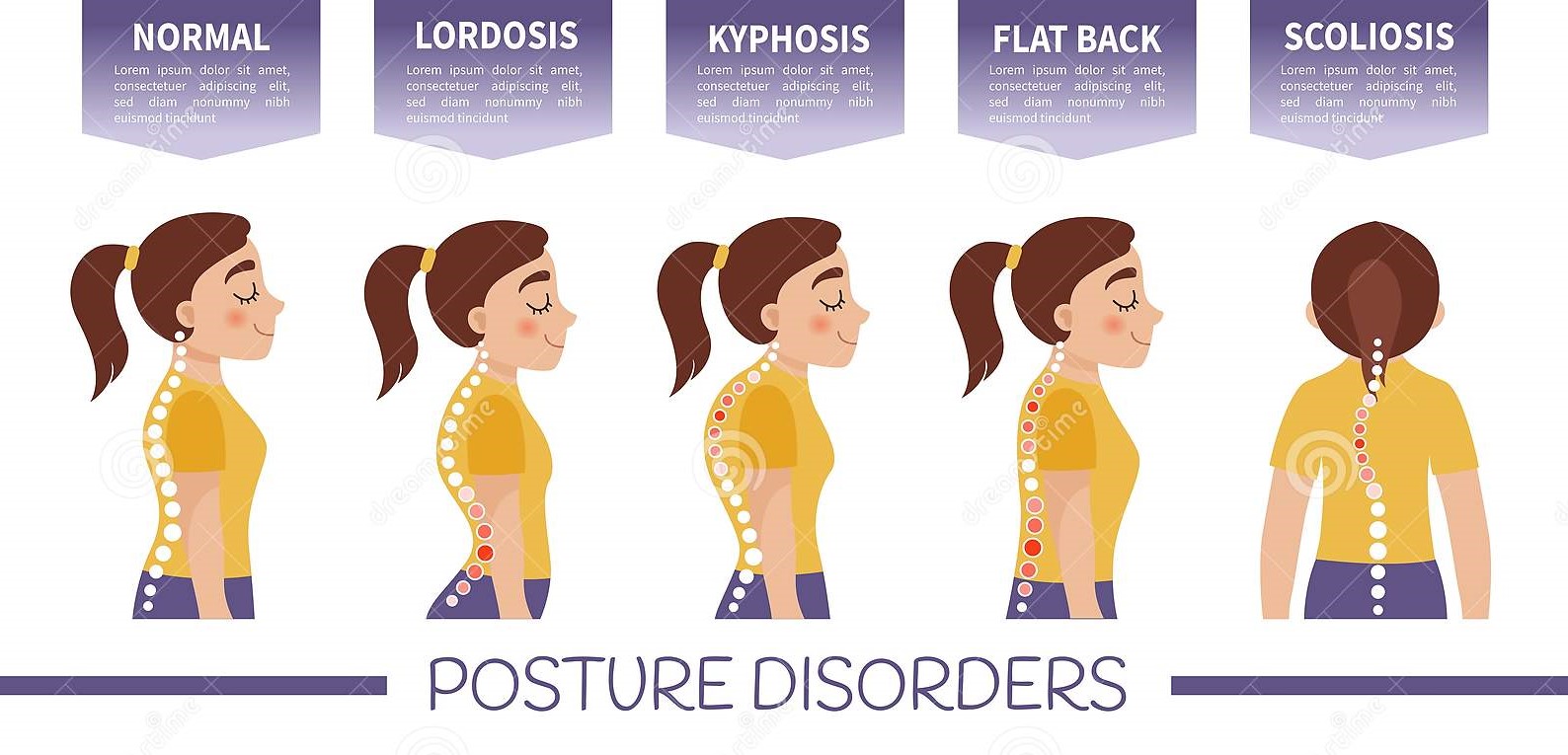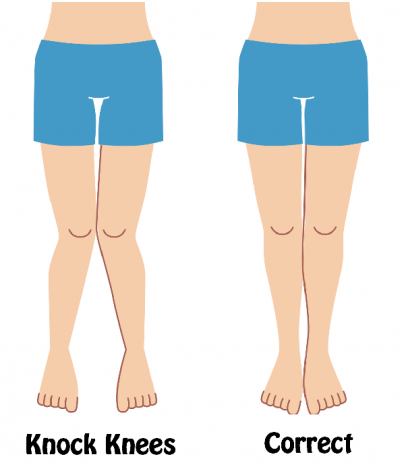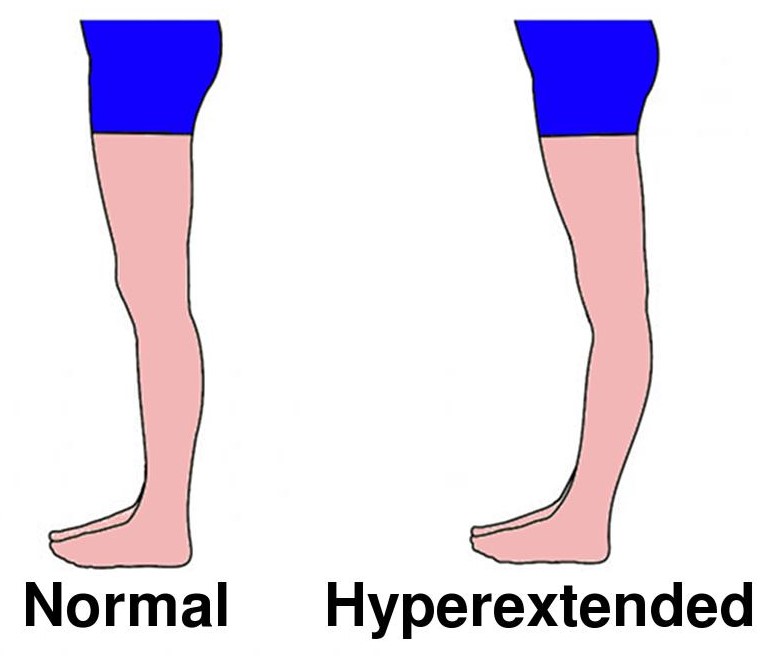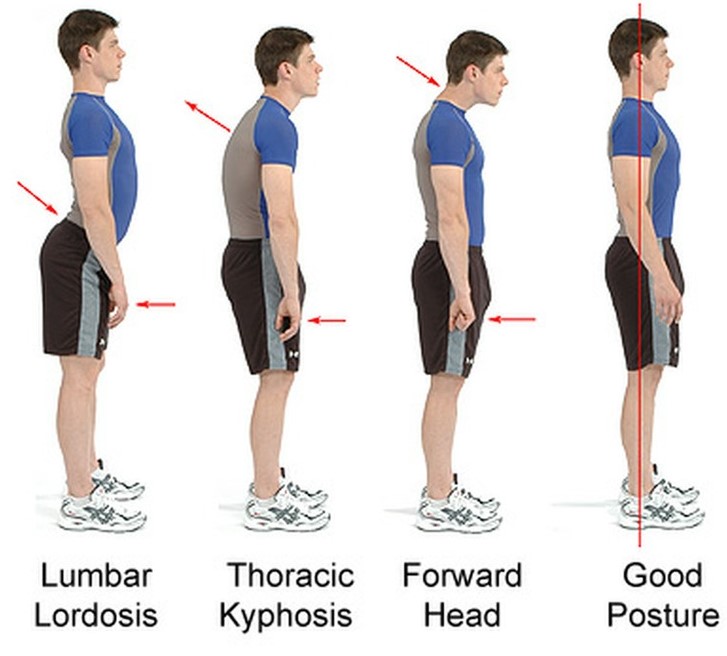By David McGill
-
Exercising Post-Pregnancy?
-
In Pain Despite Your Effort?
-
At Bodyrefine, We Can Help
If effort and will-power is ample whilst exercising post-natally to regain your body shape, alignment and confidence, it’s unfair to be held back from doing so and demoralised by pain or injury. This is however preventable with Bodyrefine’s effective, proven and substantially different approach to exercise.
The drastic postural and physical changes incurred during pregnancy can have long-lasting, painful, inhibitory effects upon the body post-natally if initially unidentified or incorrectly addressed.
Pain and discomfort can be felt immediately, gradually or long-term if key, corrective exercises and selective massage to complement these aren’t used to realign and re-strengthen the vital muscles upon which whole body daily movements and functional exercises, commonly and prematurely prescribed in workouts are dependent.
Why then wait for pain to develop, be prolonged or for fault or deficiency with exercise and training guidance to occur? Bodyrefine can otherwise help to prevent this.
In the human body, both male and female, many ‘tonic’ muscles exist. Their purpose, along with strength and movement is to keep us upright, posturally aligned and balanced during activities such as standing, walking or running. By subconsciously contracting for prolonged periods each day, they gradually become tighter than other muscles in the body. As tonic muscles work in conjunction with other muscles, prolonged contraction in one can lead to an imbalance in length, tension and weakness in the other. Imagine a tent pole with guy ropes either side keeping it vertically upright and symmetrical. If one rope over-tightens, the opposite rope lengthens and weakens, unable to fulfil its purpose. This causes the central pole to be unevenly aligned, affecting the tent’s overall stability and functioning. As muscles attach to the skeleton, tightening of some and weakening/lengthening of others will have a detrimental, and eventually painful effect on skeletal postural alignment, joint stability and physical functioning.
As the weight and size of the growing baby increases, these ‘tonic’ postural muscles work much harder in a pregnant woman’s body. These, over the nine-month period, tighten to a greater extent, weakening and prohibiting other important muscles from essentially activating, aligning limbs or stabilising joints correctly during static and dynamic body movements.
The Postural Changes Which Occur
Elevation/hunching of the shoulders occurs caused by an increased convex curvature of the thoracic spine where the arms and ribs are positioned. Known as ‘Kyphosis,’ this weakens the muscles at the rear of the shoulders and between the shoulder-blades which are responsible for protecting and ensuring correct functioning of the shoulders. This causes muscle tension, pain and movement restriction in the neck and shoulders, and a decrease in blood flow to the brain, prompting headaches
The baby’s increasing size and weight exaggerates the forward hip tilt, affecting the woman’s centre of gravity and balance. This prompts an increased concave curvature/ arching of the lower spine, known as ‘Lordosis’ as it works harder to hold her upright. Depending upon the position of the baby, this can also cause sideways misalignment of the hips/ pelvis, affecting the spine, known as ‘Scoliosis.’ Shortening and tightening of the surrounding lower back muscles will restrict movement and place pressure on the nerves and bones of the lower spine, leading to pain. This also prompts lengthening and weakening of the abdominal muscles which, rather than visual appearance, are essentially responsible for alignment and stability of the lower back and hips.

The forward hip tilt also weakens the hip, bottom and shin muscles resulting in the knock-kneed, hyper-extended misalignment of the lower limbs (see pictures below). Inability of these muscles to fully activate and essentially function will place excessive stress upon the hip, knee and ankle joints during static and dynamic movements post-natally such as walking, squatting, running or lunging.


Although the substantial load placed upon the mother’s spine lessens following the baby’s birth, these problems can affect her post-natally, both short and long-term. If they are aren’t identified and correctly rectified at an early stage using the right exercise and therapy approach, it can otherwise lead to a variety of inhibiting, degenerative problems during daily activity and exercise. This is far from fair considering the physical and mental load she’s had to carry for the last nine months, plus the sleepless nights and demands now placed upon her courtesy of the dependant little addition to the family.
Relaxin and progesterone are hormones released during pregnancy, intended to allow safe passage and (supposed) ease of delivery of the baby. These remain in the body for up to one-year post-birth. Joints that are unstable due to hormone-induced tissue laxity and weakness of their essential surrounding muscles are vulnerable to injury.
During exercise or general daily movement, muscles are designed to contract/ activate in specific sequences or patterns to provide optimal body function. These patterns often become corrupted by the postural changes associated with pregnancy, worsened by unsuitable exercise which fails to correctly rectify and fully address the postural and musculoskeletal effects of pregnancy.
Not every pregnant or post-natal lady is the same. Theoretically speaking, they all go through the same process, however both the extremity and type of postural misalignment, plus with the physical problems prompted by this can vary accordingly.
The prime focus of a post-natal exercise & therapy programme should be to selectively strengthen muscles which stabilise and align joints, whilst selectively massaging and stretching over-tightened muscles which will otherwise prohibit the body from moving freely with correct postural alignment.
The tyres of a car will wear unevenly if they are not correctly fitted/ aligned and balanced. This will also place stress on the wheels and surrounding structure of the car to which the tyres are attached. Like-wise with the joints and muscles of the body which will become painful if they are in the wrong position at the wrong time during daily activity or exercise. A post-natal woman’s body will compensate for this by adaptively changing alignment and means of movement. This compensation itself often causes further symptoms, problems and pain throughout the rest of the body with all parts trying to work in unison, reliant upon one-another. This must be correctly rectified to prevent this worsening in the short and long-term which can otherwise span for many years.
Rather than focussing solely on weight reduction and tone, a post-natal woman should place greater emphasis on correct body alignment and functioning. She may be happy with her body weight yet be in considerable pain and discomfort, unable to resume prematurely prescribed, complex exercises such as running or lunging due to these postural misalignments and dysfunction.
Regardless of good ‘core strength,’ there are many more causative factors which will prompt and prolong back pain. Unfortunately, these are often overlooked, misunderstood otherwise unaddressed by many therapists or exercise professionals.
Tight muscles such as the thighs and lower back which attach to the hips will continue to cause hip and lower back misalignment and subsequent lower stomach protrusion, regardless of how many stomach/ core strengthening exercises are performed. This explains why Pilates can help some people yet hurt others. We wouldn’t want to try and strengthen and stabilise someone in a biomechanically incorrect, misaligned position; otherwise we would be training the person to compensate for her biomechanical problems rather than training her body to perform correct movement patterns with correct postural alignment.
It is therefore essential to make the post-natal woman ‘posturally correct’ and ‘biomechanically sound’ by ensuring her fundamental hip, spinal alignment and muscle functioning biomechanics are ‘normalised’ i.e. correctly positioned using selective, corrective strengthening exercises and massage. By doing so, this will provide the building blocks for normal movement upon which progressive, whole-body exercises can be developed. This phase is known as ‘before the core’ as post-natal women typically start their exercise programmes with core stability type exercises or whole-body exercises such as lunges for which their body may not be ready, due to such hip and lower back misalignments. You wouldn’t after-all try and build an increasingly high block of flats if the foundations upon which they stand and are gravely reliant are sloping unevenly.
Postural misalignment Lumbar Lordosis and Thoracic Kyphosis can affect men as well as women, regardless of whether they are post-natal. The picture shows how the forward tilting of hips/pelvis exacerbates the concave, arched curvature of the lower spine, affecting the appearance of the body by causing protrusion of the lower stomach. Many post-natal women with Lumbar Lordosis mistake this stomach protrusion for excess weight gain, working hard with diet or aerobic exercise to counter it, yet see no difference in their stomach shape and tone.

Thoracic Kyphosis, also common post natally, yet in many general male and female desk workers too prompts a forward protrusion of the head and shoulders and convex curvature of the upper spine (see diagram). This can be easily rectified using particular corrective exercises, selective sports massage techniques and stretching, otherwise exacerbated by conventional exercises such as sit-ups, cross-crunches, roll-ups press ups and 100’s.
‘Functional strength training’ is a phrase commonly used these days by trainers in the fitness industry. Unfortunately, it is also subject to misinterpretation. Many fitness professionals are quick to prescribe complex, ‘functional’ exercises such as lunges, Kettlebell swings or TRX Rows involving a broad range of muscles. Having failed to selectively stretch tight postural muscles and re-integrate over-stretched, weakened, dormant, muscles back into the role for which they are essentially designed, such exercises will greatly exceed the physiological capabilities of the post-natal lady, ultimately increasing the possibility of an injury occurring. If a post-natal lady’s biomechanics are incorrect due to muscle tightness, muscle weakness and postural misalignment, her posture and movement patterns during complex, functional exercises such as squats or lunges will be compromised/ affected. This is most likely to be visually unapparent to her and the person by whom she is being prescribed the exercises, whether in a class or on a 1:1 training basis.
Many exercise professionals are well-educated on how to teach exercises, yet not well-versed in how to calculate when to prescribe the right exercises relative to the client’s bespoke biomechanical and postural needs. Some commonly prescribed strength exercises can actually overwork already tight muscles whilst some flexibility exercises can overstretch already weak, elongated muscles, reducing their ability to contract and function correctly, having an adverse effect upon the body.
Post-natal strength, toning and stretching exercises should be selective, progressive and tailored to the post-natal woman’s biomechanics, posture and physical capability. This can be ascertained by our trainer-therapists at Bodyrefine using our detailed assessment of your posture and body mechanics. From this, we then establish which of our corrective strength and flexibility exercises, along with selective complementary sport and remedial massage techniques are appropriate to use. These will help you re-align your posture, ease discomfort, avoid injury and excel with your post-natal exercise with peace of mind.
As highly skilled, experienced therapists and Level 4 personal trainers, we offer a range of effective services for you to benefit from including: Personal Training, Injury Treatment & Rehabilitation, Back Pain Treatment & Prevention, Sports & Deep Tissue Massage, Corrective Exercise Therapy, Postural Realignment, Functional Strength Conditioning. All help to relieve pregnancy-induced muscle tension and discomfort, realigning the tissues, improving posture and general body functioning, allowing you to benefit and safely progress with your exercise, whether 6 weeks or 12+ months post-natal, free of discomfort, injury and with peace of mind.
